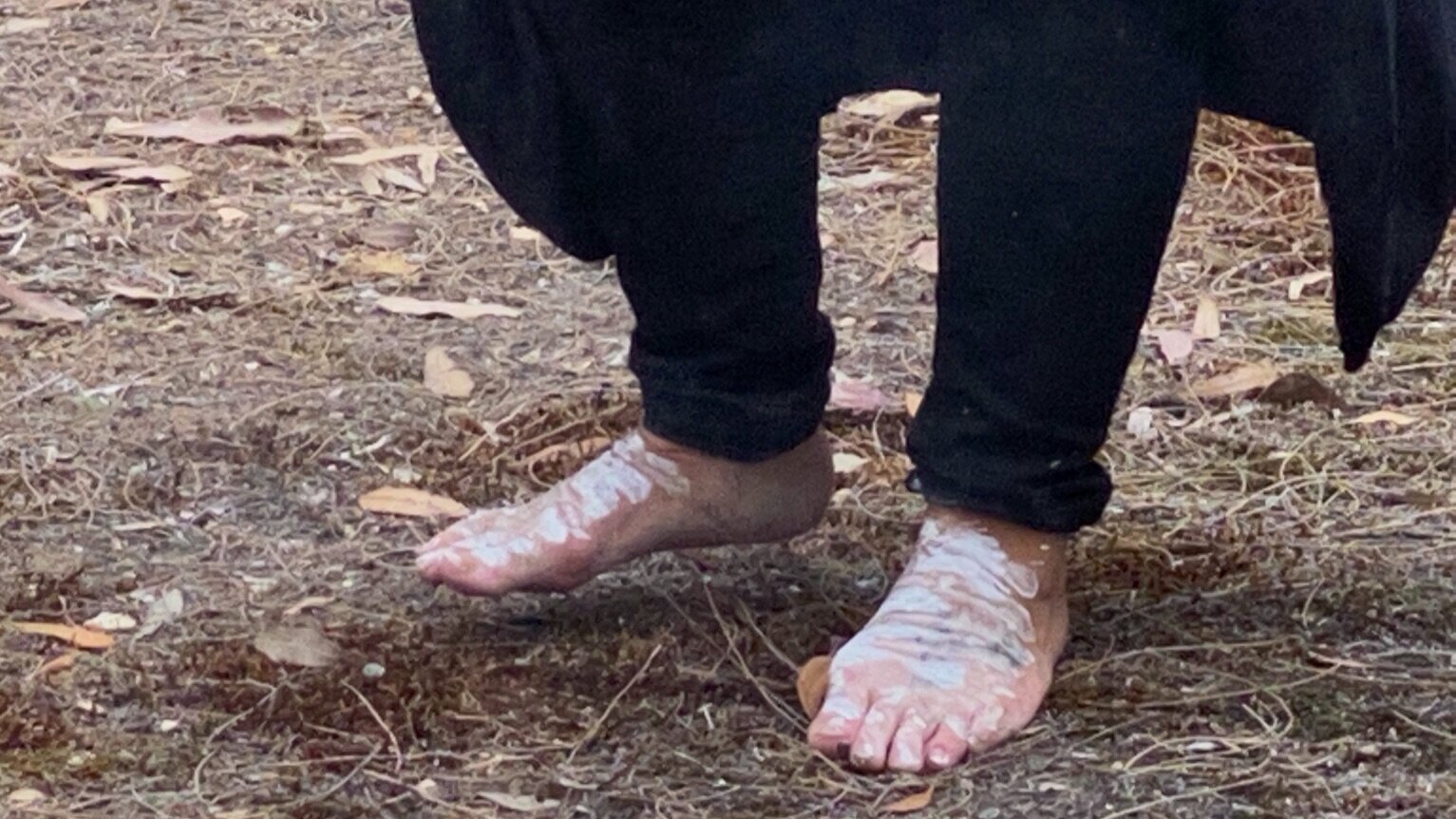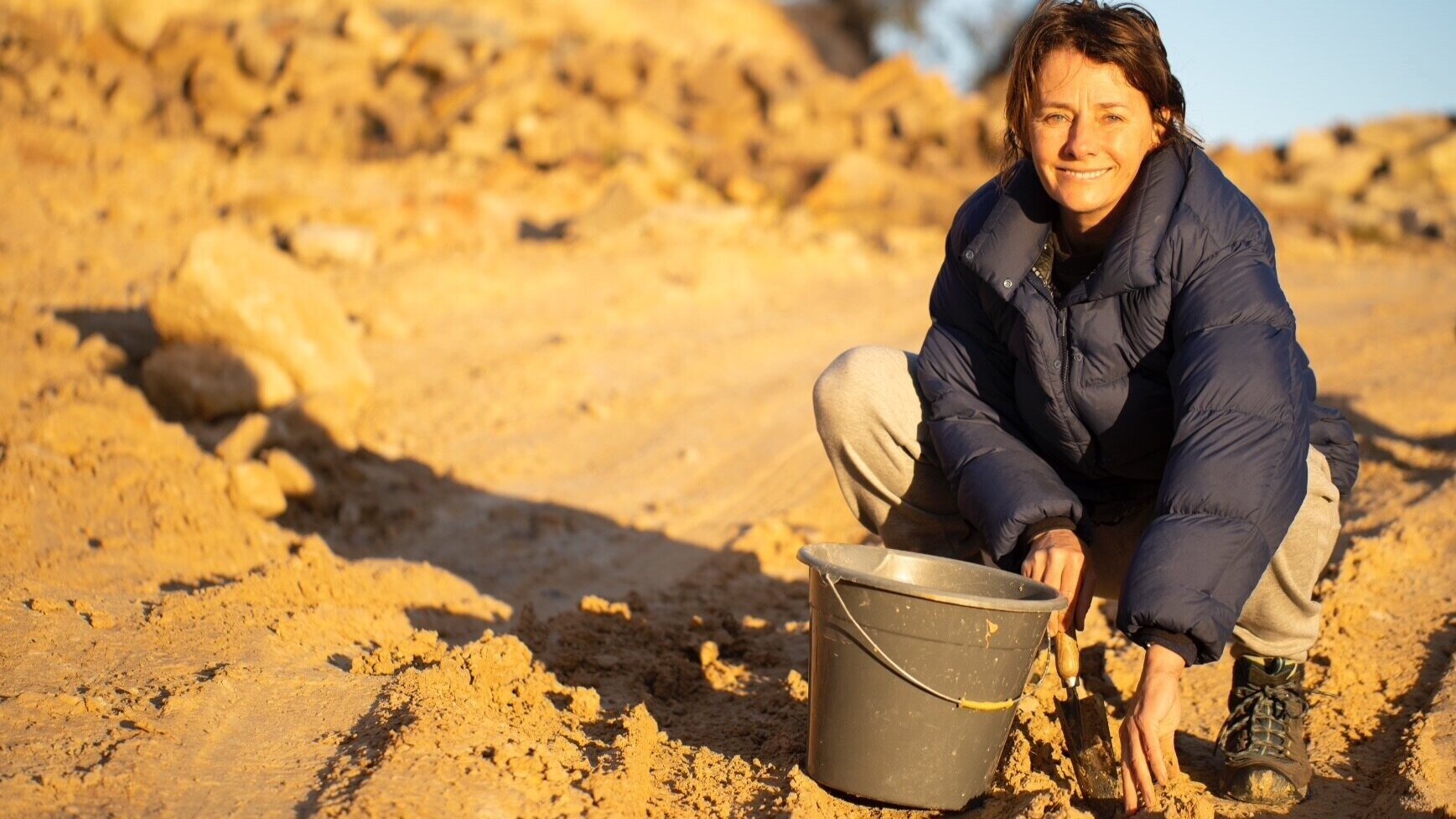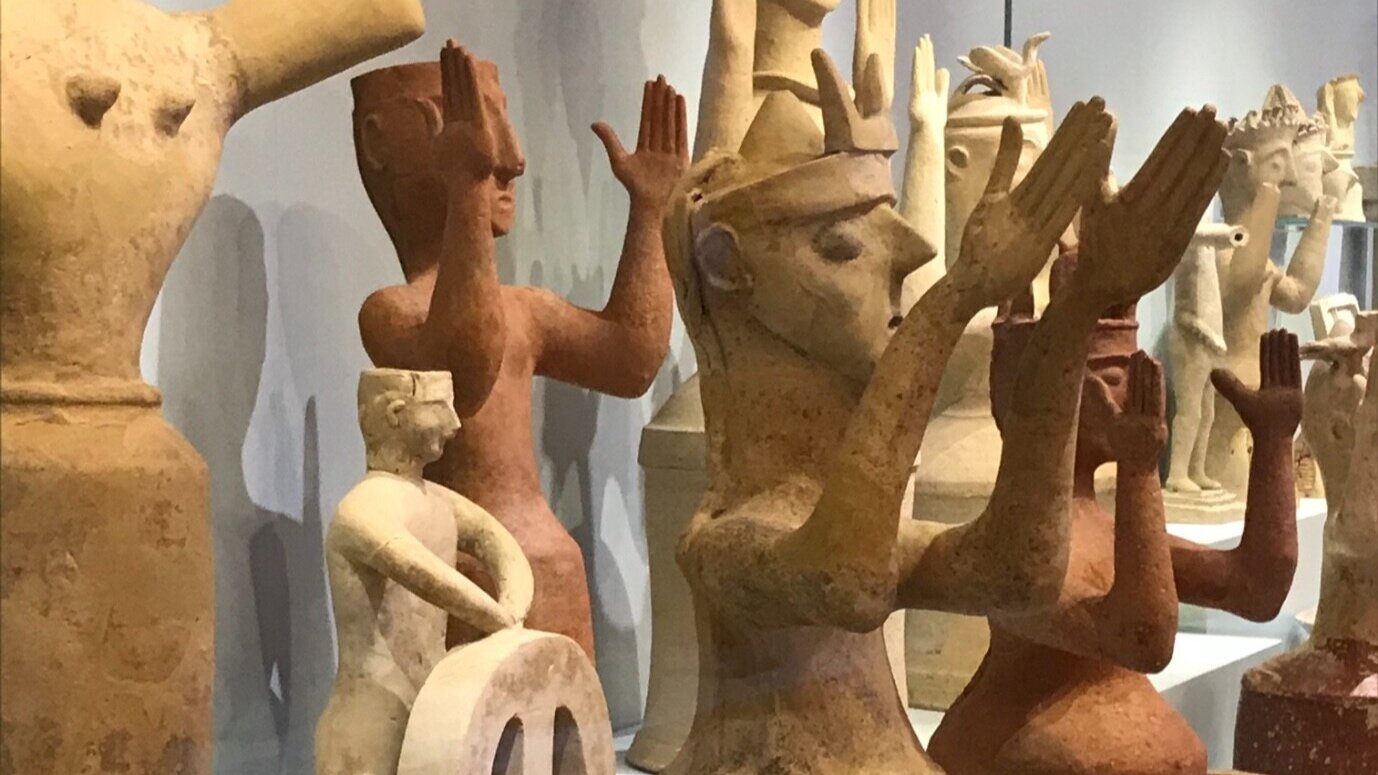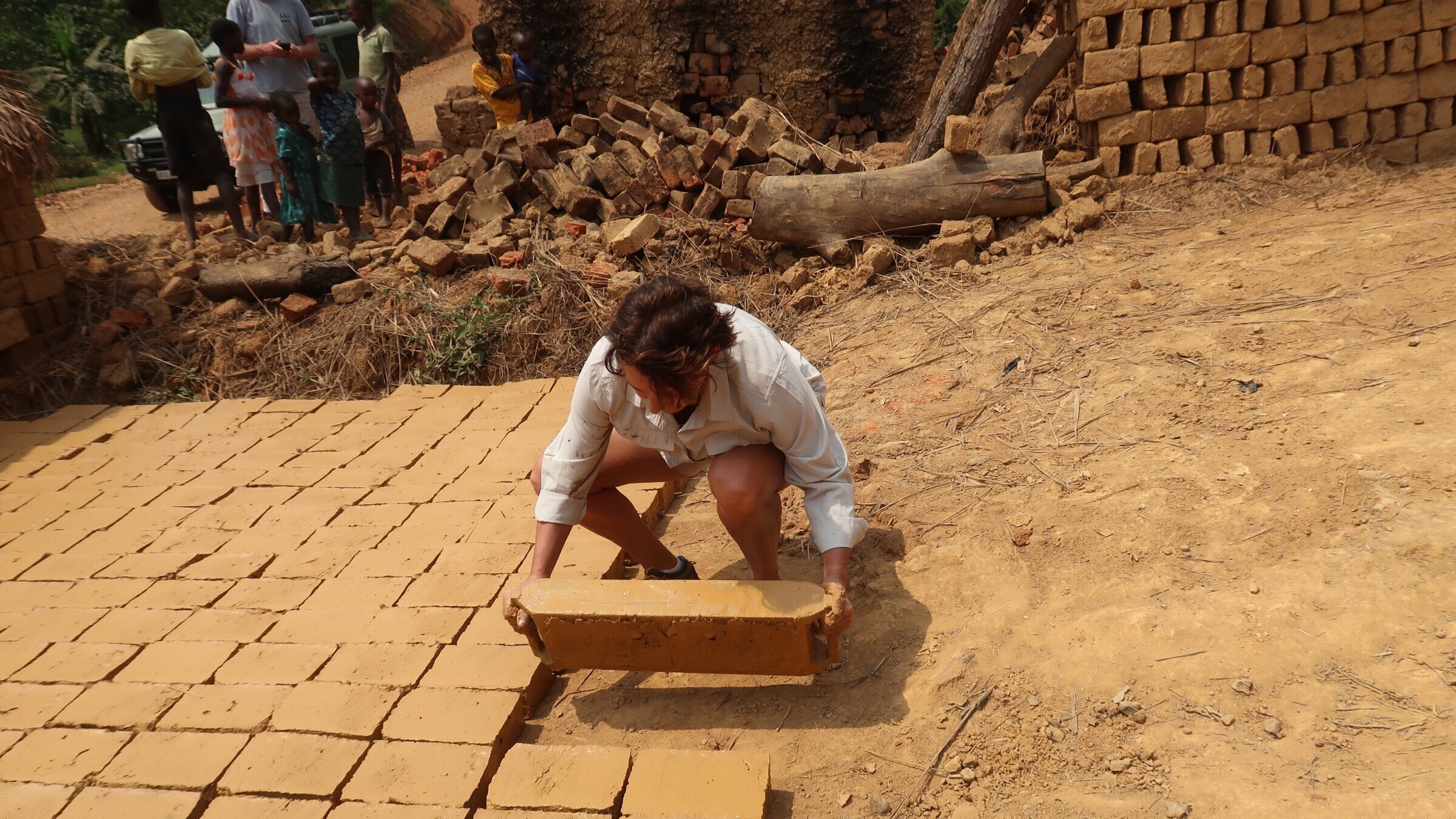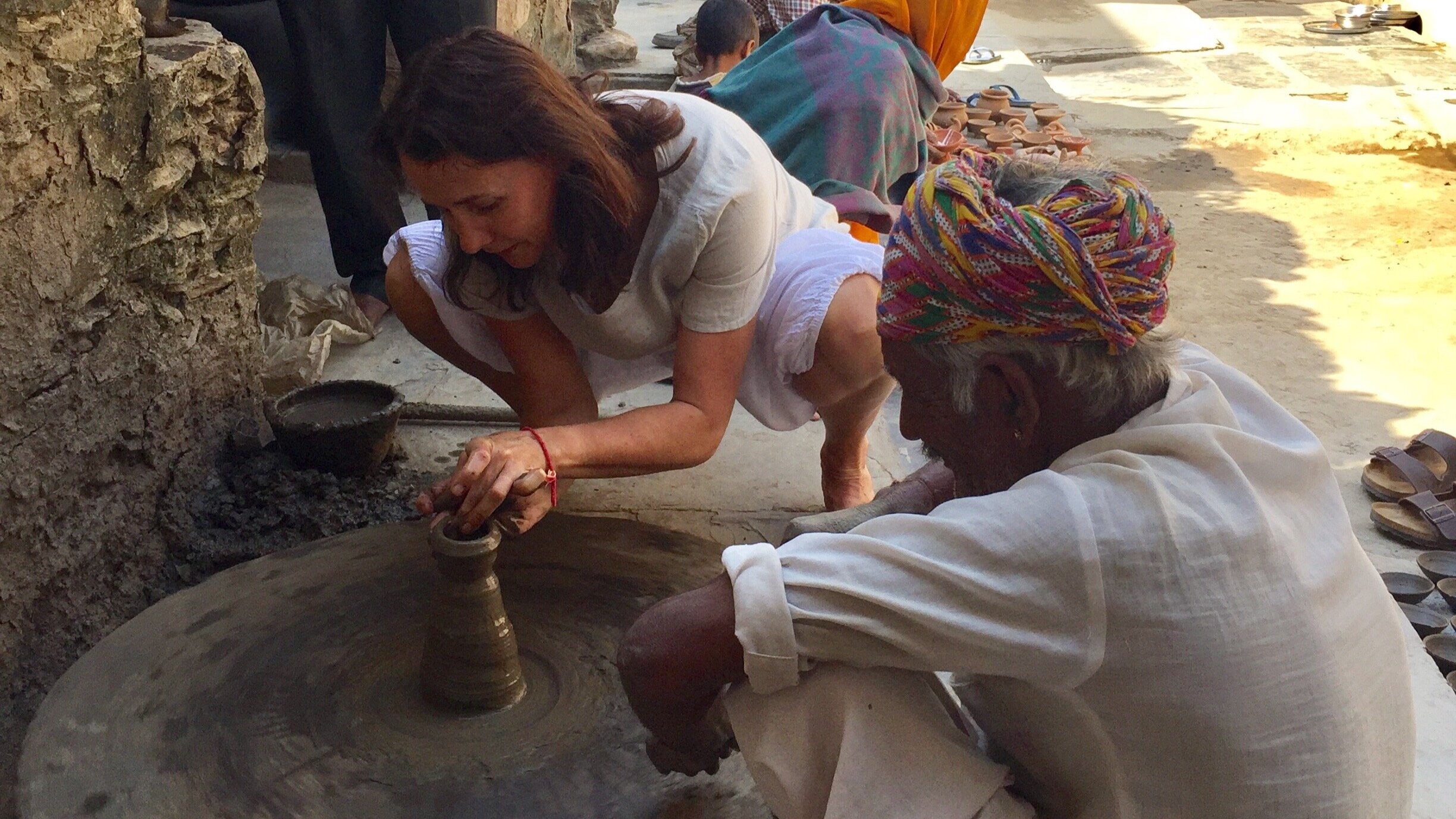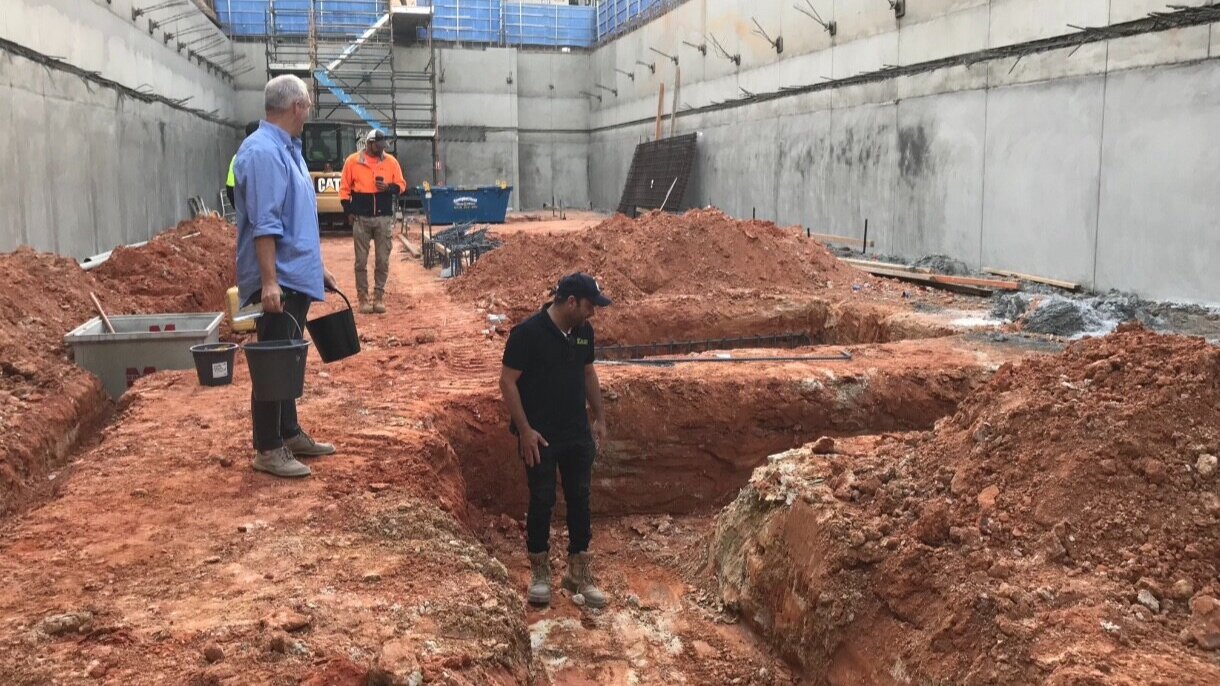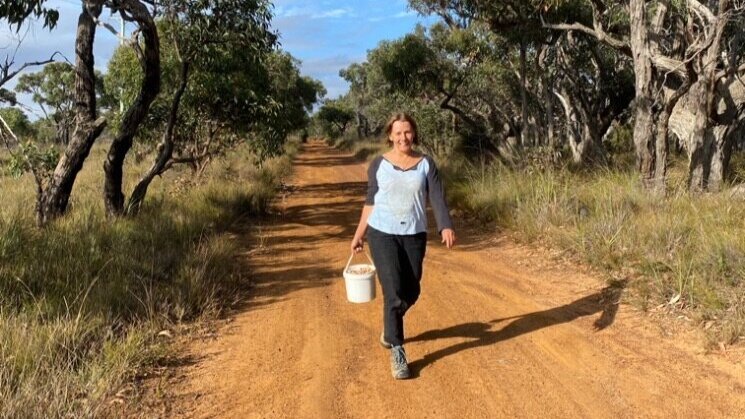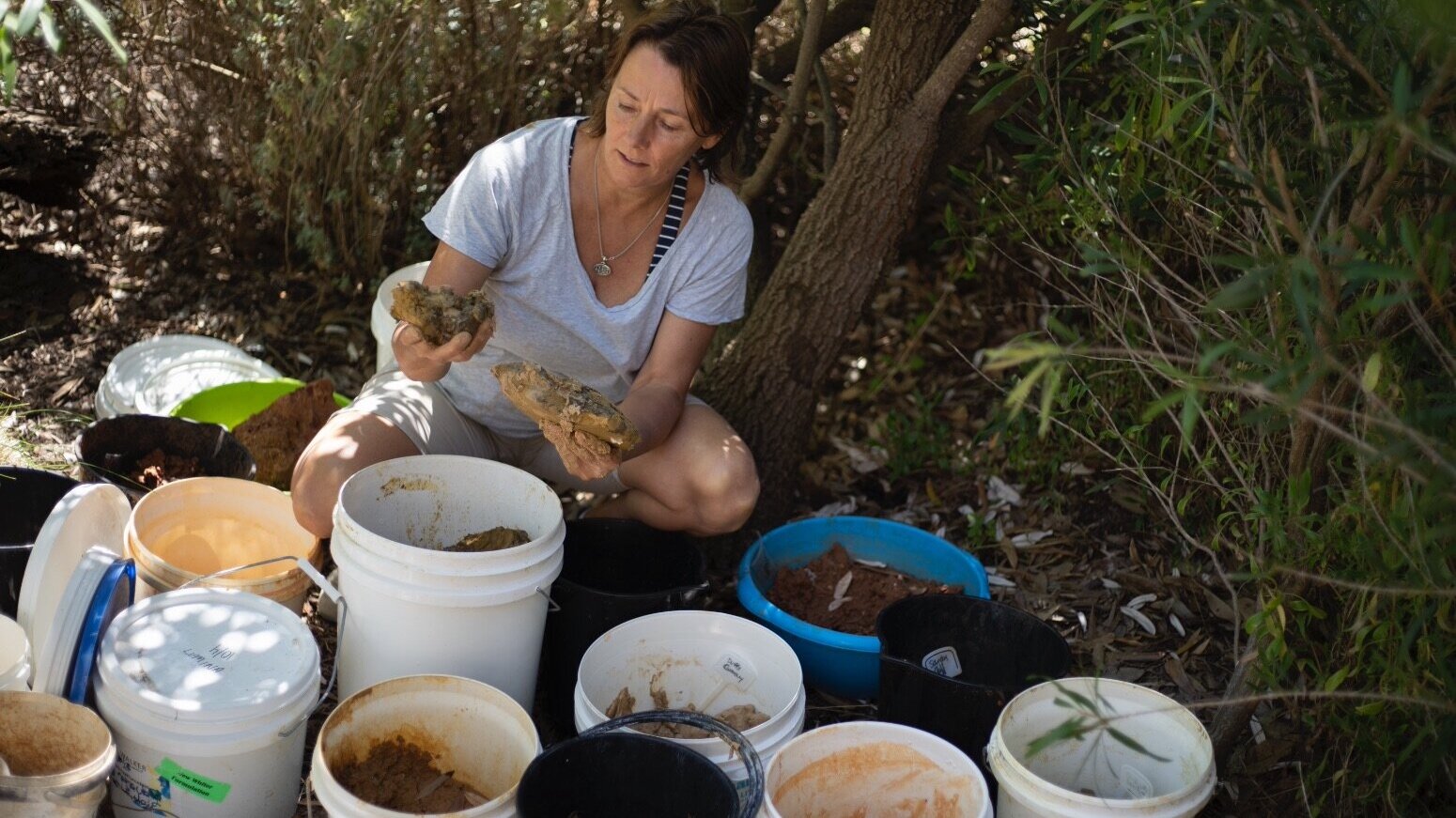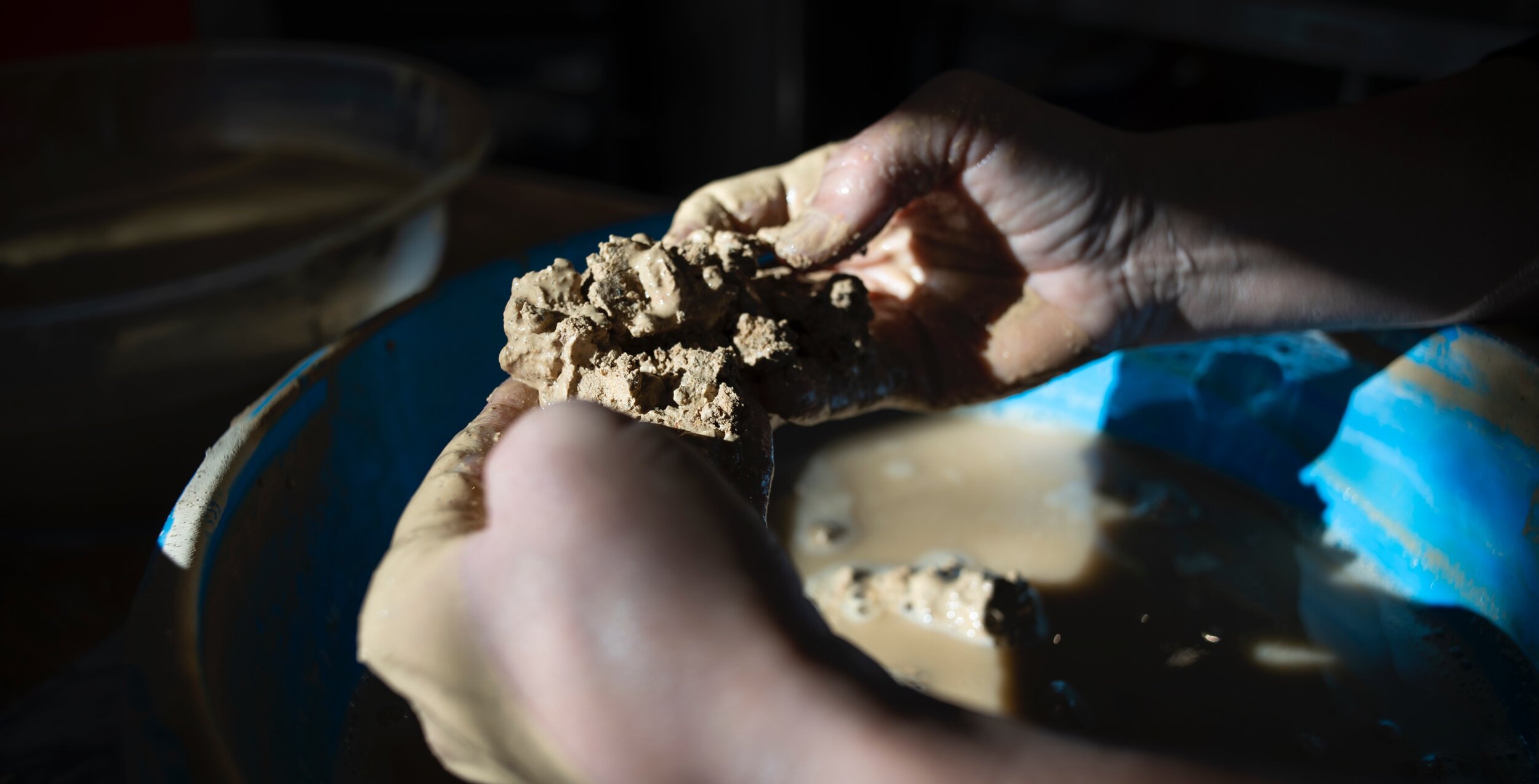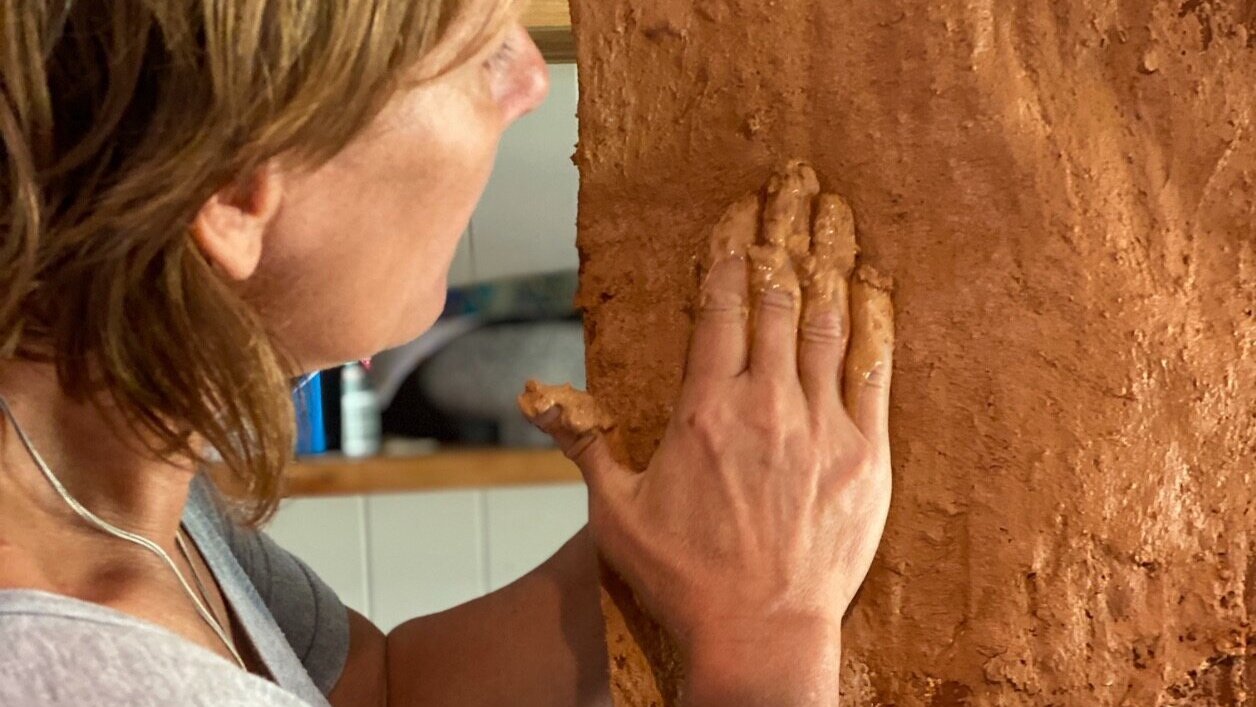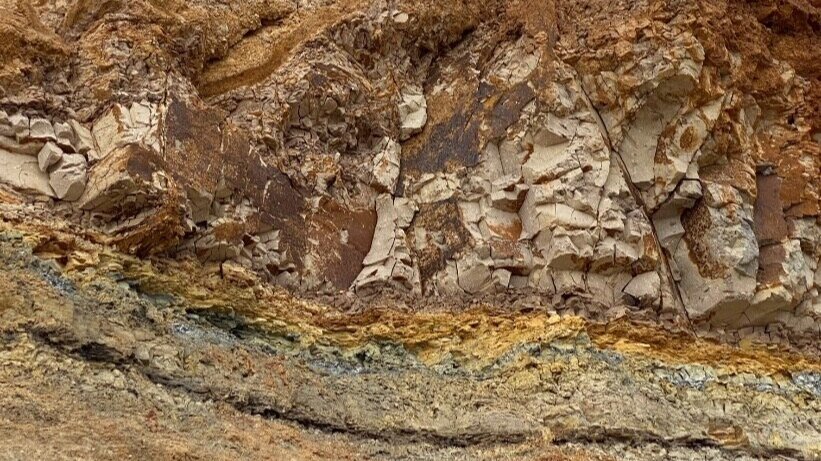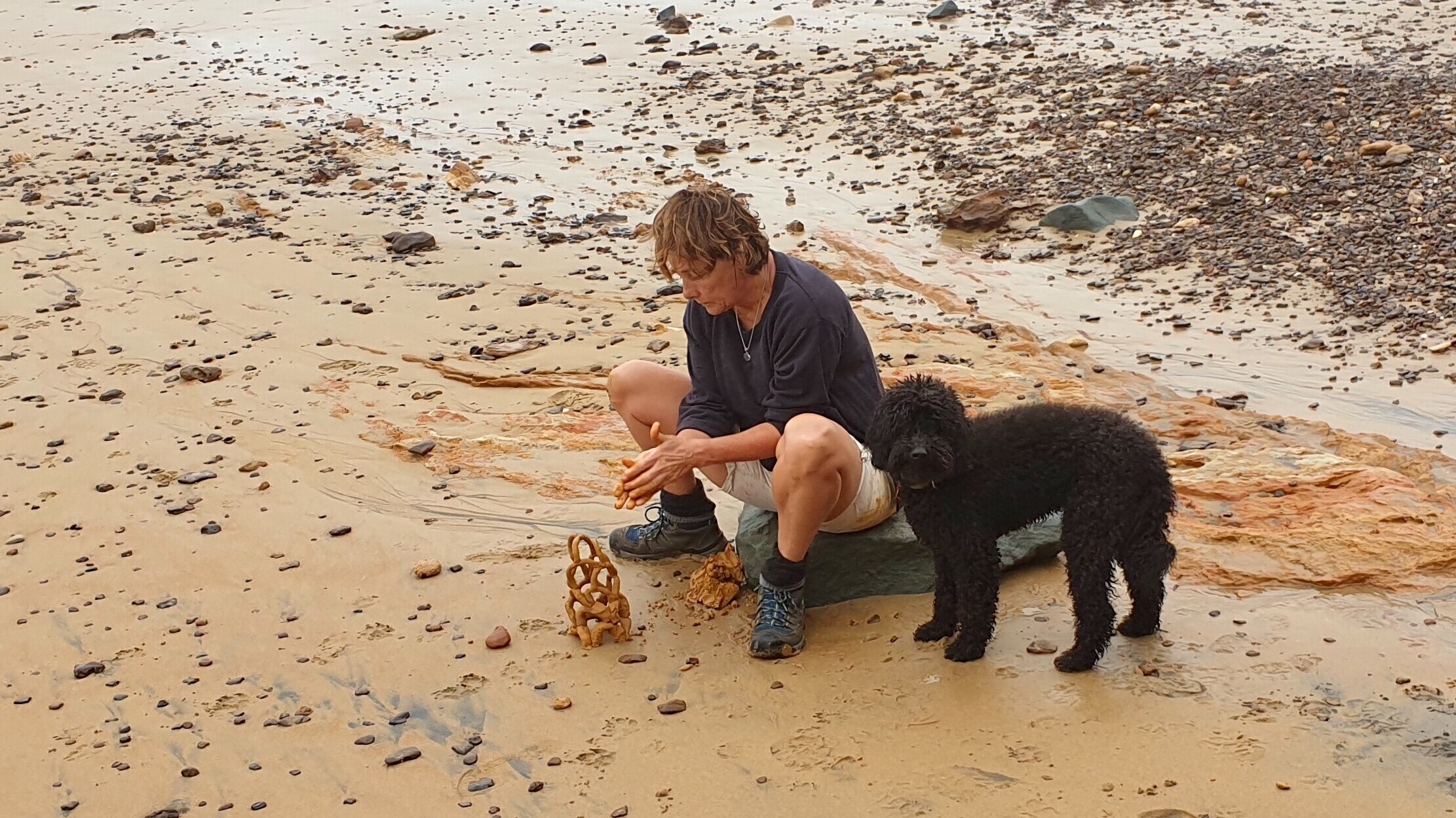“All stories begin with Country. And as climate change reveals, all stories will end with country, too.”
The clay was groggy and heavy and I knew its provenance. In my hands the clay was expressing my unconscious thoughts and fears. Years passed and the clay, collected decades earlier from a closed quarry, was gone. Like a scorned lover - I abandoned clay altogether.
The clay sculptures from those shared times lived with me and continued to tell me about myself. I came to recognise the specialness of clay and, with raw clay once again in my hands, in 2015 a heuristic investigation began.
It started by tracing my human history and connections through the lens of clay. I visited the Olduvai Gorge where archaeologists discovered the oldest homo habilis remains from 1.9 million years ago. The island of Crete presented an opportunity to investigate the fertility symbolism in Minoan ceramics. In India, I was honoured to be recognised as of the potter’s caste. By making bricks with the locals in Uganda, the mutuality and vulnerability of living with the land was experienced – albeit fleetingly.
In Melbourne, clay collected from Metro Tunnel excavations on Boon Wurrung Country was indelibly stained by its colonial history. On Wadawurrumg land, the thousands of years of Indigenous stewardship remain visible: I seek permission and am very respectful of clay collected from this country.
Found on the beach after - I had fallen.
Gathered - I felt the warmth of her hands.
Nurtured - I discovered a new place.
Encouraged by New Materialist thinking which emphasises the materiality of the world, my research has expanded into human-clay, or better still, clay-human relations. The term New Materialism is ascribed to a range of contemporary perspectives that resist anthropocentricism – how we see humans as at the centre of the world. Writers refer to an understanding of agency that extends to all matter and to relations with inanimate materials such as clay. They recast the world as an ecology of humans and non-humans where neither is privileged. They offer an ethics that conflicts with the idea that materials are resources for human exploitation.
I recently explored these ideas with artists from around the world in The Journal of Australian Ceramics (Vol. 60, No. 1 April 2021: 104-111).
Guided by clay and earth, I have begun recrafting my language to reframe all matter without hierarchy and as mattering. I experiment with reformulating how I reconceptualise humans within the natural world.
I celebrate conversation as a medium for nurturing ideas and encourage all readers who share similar interests to connect.
Publications:
Dissonance and Decarbonisation, The Journal of Australian Ceramics, Vol. 59, No. 1, April 2020: 29-30. (interviewee)
Pattie Beerens, The Journal of Australian Ceramics, Vol. 58, No. 2, Jul 2019: 41-45. (author)
These articles were published in The Journal of Australian Ceramics. Permission has been given to make them available on this website.
© The Australian Ceramics Association 2021
link: australian ceramics
©2021pattiebeerens
